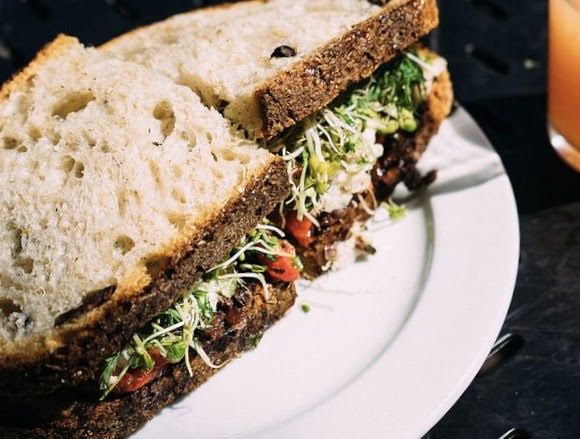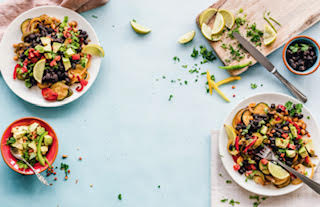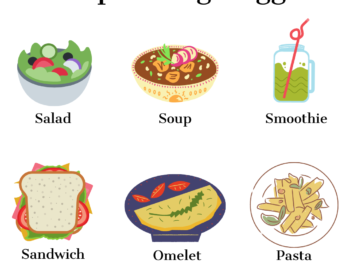For those of us who just finished celebrating Passover, the Jewish holiday where we don’t eat leavened bread, a sandwich for lunch may be just what we are craving.
Research confirms that Americans love sandwiches. More than of half of us eat a sandwich for lunch on a given day. However, this meal may be hurting our diet. A study published in the journal Public Health found that on the days that people ate a sandwich, they consumed more calories, fat, salt, and sugar.
Researchers from University of Illinois at Urbana-Champaign analyzed dietary intake data from a large federal national survey of over 27,000 U.S. adults. They found that sandwiches contributed “nearly a quarter of daily total calorie intake and about a third of total fat, saturated fat, cholesterol, and sodium intake.”
And on days people ate sandwiches, they ate an extra 100 calories than on days they skipped the sandwich. They also ate an extra 7 grams of fat, 268 grams of sodium, and 3 grams of sugar compared to the days when they didn’t eat a sandwich.
This was because the sandwiches weren’t too healthy. The researchers reported that the most popular sandwiches were made with cold cut, burgers, and chicken.
The researchers also found that people ate slightly less fruit and vegetables on days when they ate sandwiches as compared to the days when they skipped a sandwich.
As a nutritionist, I know first hand that people love sandwiches! They are an easy go to meal, especially for lunch. So here’s some good news. If you pay attention to what goes into your sandwich, it can be a very healthy lunch.
Here are my easy tips to build a healthy sandwich.
1. Drop the bun.
You can still eat bread, but skip the white bun, roll, and all refined white bread products. My top picks are to choose a whole grain bread—whole wheat, oat, or rye bread. A whole grain pita or wrap is also a great choice. Gluten free whole grain breads, made with buckwheat flour, brown rice flour, or whole grain amaranth are also great bets. Sprouted grain bread is also a great choice. And you can always go…topless…choose just one slice of bread. No need to fear bread!
2. Choose a healthy filler.
Choose a lean protein such as grilled fish, chicken, or turkey breast as a protein choice. If you want a burger, swap the hamburger for a veggie burger. A vegetarian sandwich made with tofu, tempeh, hummus or white beans is also a great choice. To avoid the extra sodium and fat, I suggest going easy on cold cuts and skipping the cheese.
3. Size matters.
When asked “what kind of sandwich isn’t fattening,” my response is “half a sandwich,” Portion size does matter. Aim for around 3-4 ounces of protein—the size of your palm or a deck of cards. It’s ok to go a little over that, but many deli sandwiches often contain a pound of meat, enough protein for 4 people!
If properly portioned, a mid-day sandwich can, indeed, make for a good weight loss option too. Portion control is key!
4. Pile on the veggies.
When you add on veggies—lettuce (the darker the better!), tomato, shredded carrot, peppers, and more, you add flavor, color, nutrients, crunch, and volume to your sandwich without too many calories.
5. Order the topping on the side.
When it comes to toppings, a little goes a long way. Condiments such as mustard and ketchup are high in sodium and a small amount does go a long way. Mayonnaise, cheese sauces, and creamy salad dressings are also high in fat and should be ordered on the side. One of my favorite toppings is thinly sliced avocado which adds healthy fat, flavor and moisture to your favorite sandwich.
One of my favorite sandwiches is a hummus avocado wrap filled with lots of fresh colorful veggies.
Experiment and enjoy!





 Video: Eating tips for a healthy heart
Video: Eating tips for a healthy heart 